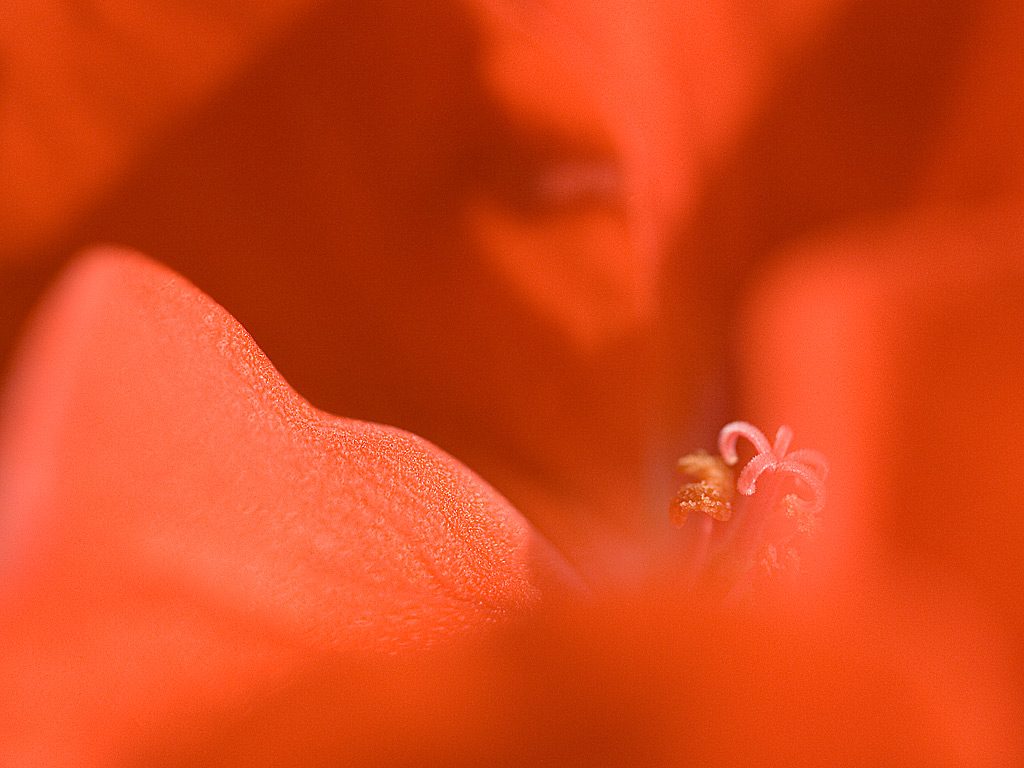
Interesting facts about Gladiolus flowers
While some flowering plants are already in bloom during the spring season, there are a number of plants that can be cultivated early in the spring so that they bloom in the summer. Gladiolus flowers are the perfect example of such flowers. They are popular in gardens as well as cut flower arrangements thanks to their large size and bright colours. Even if you don’t have the space to grow them yourself, you are sure to find them at your florist during this time of year.
The Greek word xiphos means sword and this is the reason why this flower is also known as xiphium. Some people even call this flower a sword lily. Gladiolus flowers are available in 260 dfferent species but only 10 can be found in Asia and Europe. The rest of these flowers are native to Africa and, more specifically, South Africa.
These flowers can grow as tall as 4 feet which means that they are perfect for tall or large flower arrangements. Since the flowers only grow on one side of the stem, it’s important to arrange each stem in such a way that they are perfectly visible. Some colours from which you can choose include red, pink, white, yellow, purple, and there are even green varieties. Some of these flowers are beautifully scented which means that they will fill the room with their rich perfume. However, not all Gladioli have a scent so you need to ask your florist before you order.
When working with these flowers, you should wear gloves. There are some parts of these flowers that are poisonous which means that they can cause skin irritations. These flowers should not be eaten so, if you have children or pets, do take care.
This flower is also the birth flower for August so, if you know somebody who is celebrating their birthday in this month, they will make the perfect gift! If you live in the northern hemisphere, they are in season during this month which is another reason to send these birthday flowers.
If you are planning on growing these flowers, you should note that they are vulnerable to leaf spots and dry rot. The gladioli thrip can also damage the plant by sucking its juice. The plant will turn silver before becoming brown and dying. Ask your nursery professionals about how to prevent such pests from killing your flowers.
